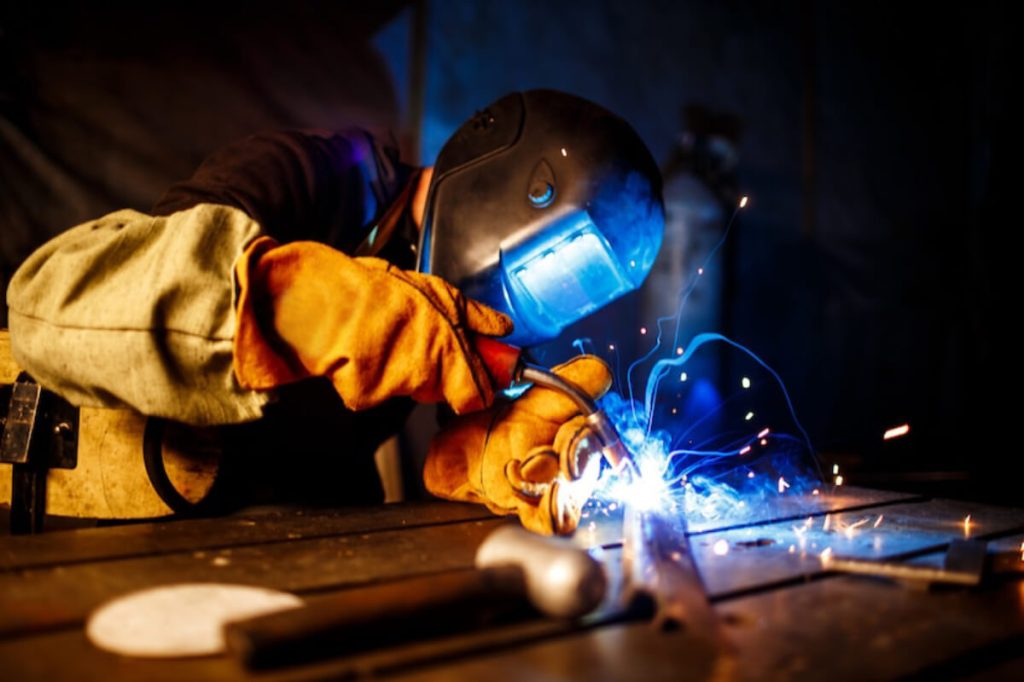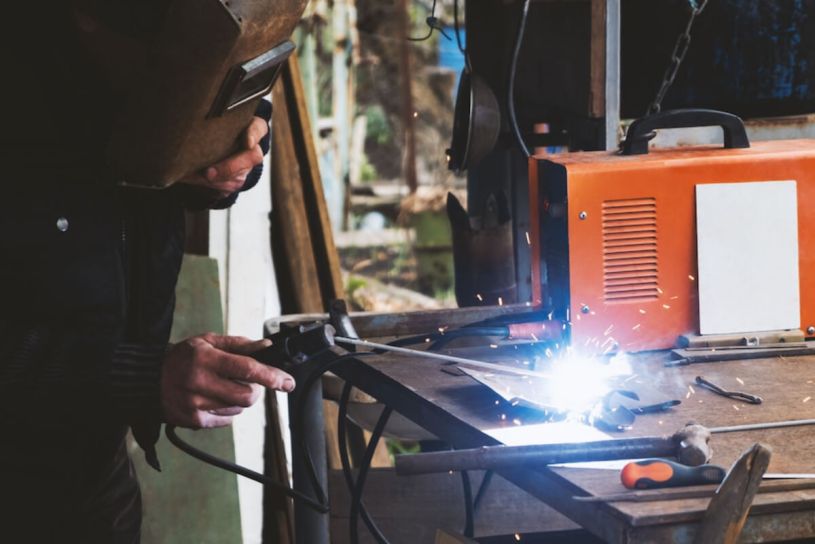Welding, a critical process in various industries, has its hazards. As welders forge connections between metals, they may unknowingly expose themselves to different health risks. Here, we’ll delve into the potential dangers of welding equipment and provide valuable tips on minimising these risks for a safer work environment.
Inhalation Hazards
The invisible threat looming large in welding workshops is the inhalation of fumes and gases produced during welding. These airborne contaminants, often containing toxic substances like manganese, chromium, and nickel, pose severe health risks. Prolonged exposure to these fumes can lead to respiratory issues, lung diseases, and, in extreme cases, neurological damage.
Prevention Tips:
- Proper Training: Equip welders with comprehensive training on inhalation hazards and adequate protection.
- Using PPE (Personal Protective Equipment): Mandate respiratory protection, such as N95 masks or powered air-purifying respirators (PAPRs), to filter out harmful particles.
- Using Equipment in Proper Working Conditions: Regularly maintain and inspect welding equipment to ensure optimal functioning and minimise the generation of harmful fumes.
Noise Exposure
While the sparks fly and metals meld, the auditory backdrop of welding workshops is often a symphony of clinks and clangs. However, this cacophony comes at a price – noise-induced hearing loss. Prolonged exposure to high levels of noise can lead to permanent damage to the ears.
Noise safety tips include:
- Proper Training: Educate workers about the risks of noise exposure and the importance of hearing protection.
- Using PPE: Welders should be provided with earmuffs or earplugs to protect their ears from the detrimental effects of loud noise.
- Implementing Engineering Controls: Consider implementing engineering controls, such as acoustic barriers, to reduce noise levels in the workplace.
UV Radiation

The dazzling light emitted during welding contains ultraviolet (UV) radiation, which can cause damage to the eyes and skin. Without proper protection, welders are susceptible to conditions like arc eye, welder’s flash, and long-term eye damage.
UV radiation safety tips include:
- Proper Training: Train welders to recognize the dangers of UV radiation and emphasise the importance of eye protection.
- Using PPE: Ensure all welders wear appropriate welding helmets with shaded lenses to shield their eyes from harmful UV radiation.
- Regular Eye Exams: Encourage regular eye examinations to detect and address any early signs of eye damage.
Skin Hazards
Welders frequently handle metal materials that can release hazardous substances upon heating. Direct contact with these substances and poor hygiene practices may lead to skin irritation, burns, or even long-term dermatological issues.
Skin safety tips include:
- Proper Training: Educate welders on the potential skin hazards associated with welding and the importance of practising good hygiene.
- Using PPE: Emphasise the use of appropriate protective clothing, including gloves and flame-resistant clothing, to shield the skin from direct contact with metal fumes and substances.
- Regular Skin Checks: Encourage welders to conduct regular skin checks and seek medical attention for any signs of irritation or burns.
Carcinogenic Risks
Welding fumes can contain carcinogenic substances, including hexavalent chromium and nickel compounds. These substances have been classified as Group 1 carcinogens, indicating a high level of certainty regarding their human carcinogenicity.
Safety tips include:
- Proper Training: Educate welders about the carcinogenic risks associated with welding and stress the importance of minimising exposure.
- Using PPE: Mandate using respiratory protection and other PPE to reduce the inhalation of carcinogenic fumes.
- Implementing Engineering Controls: Invest in effective local exhaust ventilation systems to capture and remove carcinogenic fumes at the source.
Welding, while indispensable in various industries, comes with inherent health risks that demand our attention. By understanding these dangers and implementing preventive measures, such as proper training, using PPE, and maintaining equipment in optimal condition, we can ensure the well-being of welders and create safer workplaces. Prioritising safety not only safeguards the workforce’s health but also contributes to the longevity and success of the welding industry.
Also, read here: How to Manage Risks in the Workplace

